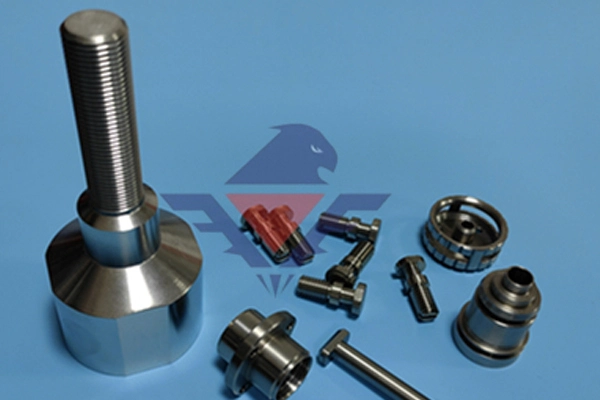Swiss Machining: Precision and Efficiency in Manufacturing
April 25, 2025 | News | No Comments

html
Swiss Machining: Precision and Efficiency in Manufacturing
Swiss machining, also known as Swiss screw machining or Swiss turning, is a highly precise and efficient manufacturing process used to produce small, complex parts with tight tolerances. Originating in Switzerland during the late 19th century, this technique has evolved into a cornerstone of modern precision engineering.
What is Swiss Machining?
Keyword: Swiss Machining
Swiss machining is a specialized form of CNC (Computer Numerical Control) lathe machining that differs from conventional turning in several key ways. The most distinctive feature is the sliding headstock and guide bushing system, which provides exceptional support for the workpiece close to the cutting tool. This unique setup minimizes deflection, allowing for unparalleled precision in machining long, slender parts.
Key Advantages of Swiss Machining
The Swiss machining process offers numerous benefits that make it ideal for high-precision manufacturing:
- Exceptional Precision: Capable of maintaining tolerances within ±0.0001 inches (±0.0025 mm)
- High Efficiency: Multiple tools can work simultaneously on different sections of the part
- Reduced Material Waste: The guide bushing system allows for minimal material usage
- Excellent Surface Finish: Produces smooth finishes often eliminating the need for secondary operations
- Versatility: Can handle a wide range of materials including metals, plastics, and composites
Applications of Swiss Machining
Swiss machining is particularly valuable in industries where precision and reliability are paramount:
- Medical Devices: Surgical instruments, implants, and dental components
- Aerospace: Fuel system components, fasteners, and sensor housings
- Automotive: Fuel injection parts, transmission components, and sensors
- Electronics: Connectors, pins, and miniature components
- Defense: Firearm components and precision military hardware
The Future of Swiss Machining
As manufacturing demands continue to push for smaller, more complex parts with tighter tolerances, Swiss machining technology is evolving to meet these challenges. Modern Swiss-type lathes now incorporate advanced features like:
- Multi-axis capabilities for complex geometries
- Live tooling for milling and drilling operations
- Automated material handling systems
- Advanced CNC controls with predictive maintenance
- Integration with Industry 4.0 smart manufacturing systems
With these advancements, Swiss machining remains at the forefront of precision manufacturing, offering solutions for the most demanding applications across various industries.